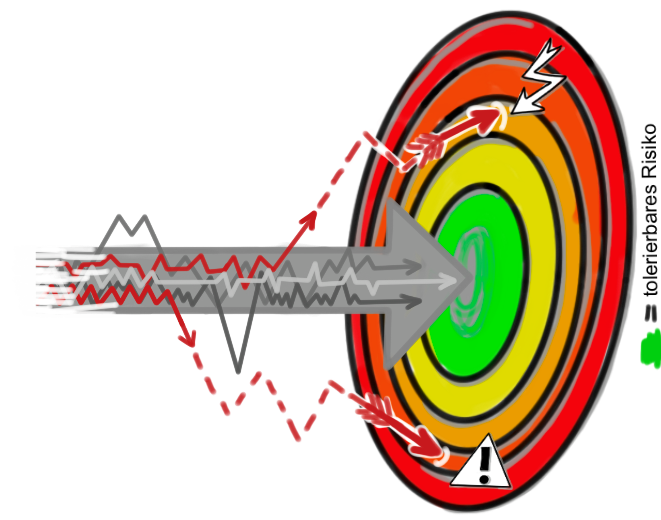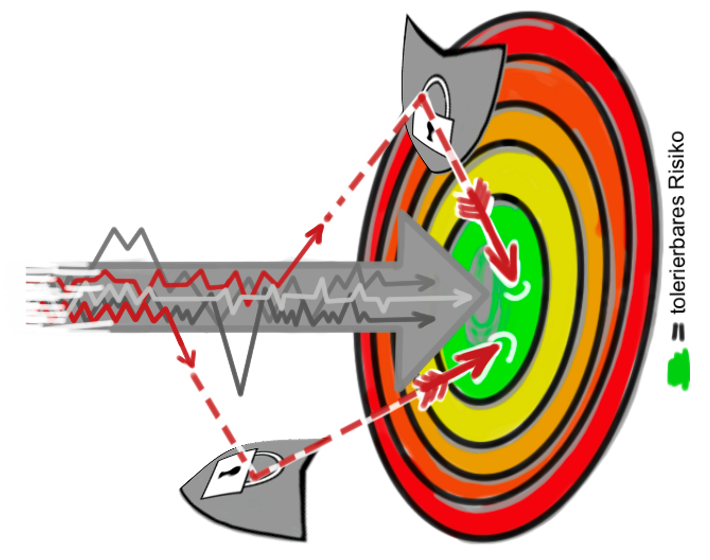Hazard analysis using the HAZOP study – Plant safety in the (wood) industry
Plant safety is of paramount importance in every industry, and the timber industry is no exception. In a holistic risk analysis, it is crucial not only to consider the obvious dangers posed by machinery and equipment, but also to comprehensively record and take into account the process-related risks, such as those that can occur when burning wood. It is therefore advisable to “think outside the box” in order to identify potential risks.
A proven method of risk reduction is to carry out a hazard and operational readiness analysis, or HAZOP for short. This identifies potential hazards, assesses and classifies the risks.
What is a HAZOP study?
HAZOP stands for Hazard and operability (Hazard and Operability). The focus is on identifying hazards during system operation, with personal safety being the top priority. The “Operability” part refers to the operability of the system and the search for ways to simplify it. By defining protective measures, deviations in operation can be detected and rectified at an early stage.
When is a HAZOP study conducted?
A risk analysis is carried out before a system is commissioned for the first time. However, a HAZOP study may also be necessary when converting or updating safety systems. A safety and hazard analysis is a mandatory requirement in binding EU directives and their legal implementation in national regulations such as the Machinery Directive and the Pressure Equipment Directive. In all these cases, it is important to utilize the existing knowledge of experts and to ensure that all relevant safety aspects are taken into account through a methodically clean approach.
How does a HAZOP study work – the implementation
A HAZOP study requires a multidisciplinary team of engineers, technicians and safety experts. Objectives and requirements are defined together in order to systematically identify, assess and document risks.
The procedure includes the delimitation of the scope, the definition of target functions, the identification of deviations, the evaluation of consequences, the classification of risks and the definition of countermeasures.
Definition of scope
Clear demarcation of the analysis areas (e.g. boiler, furnace and flue gas path).
Define target functions
Definition of the intended operating processes (e.g. process of conveying solid fuels into the furnace).
Identify deviations
Use of key words to detect deviations from target functions in order to identify potential hazards.
Evaluate consequences
Assessment of the consequences of deviations (e.g. an increase in output with potential damage to the boiler and the impact on people)
Classify hazards
Evaluation of risks using parameters such as extent of damage, probability of occurrence, …
Definition of countermeasures
Derivation of required safety functions based on the hazard classification, creation of a shutdown matrix and programming instructions for implementation in the automation technology.
Implementation
The hazards and required safety functions identified in the HAZOP are implemented in the plant. This includes connecting the sensor signals to a safety PLC and programming function plans (FBDs) to automatically initiate countermeasures via actuators.
Conclusion
Safety and efficiency are critical in the timber industry. HAZOP studies provide an effective method to identify and assess potential risks. By taking proactive measures, companies can not only improve safety in the workplace, but also increase their competitiveness through improved usability. The VOIGT+WIPP Engineers from the CONENGA Group team support companies in ensuring the best possible plant safety for their systems. Find out more about the topic here.



